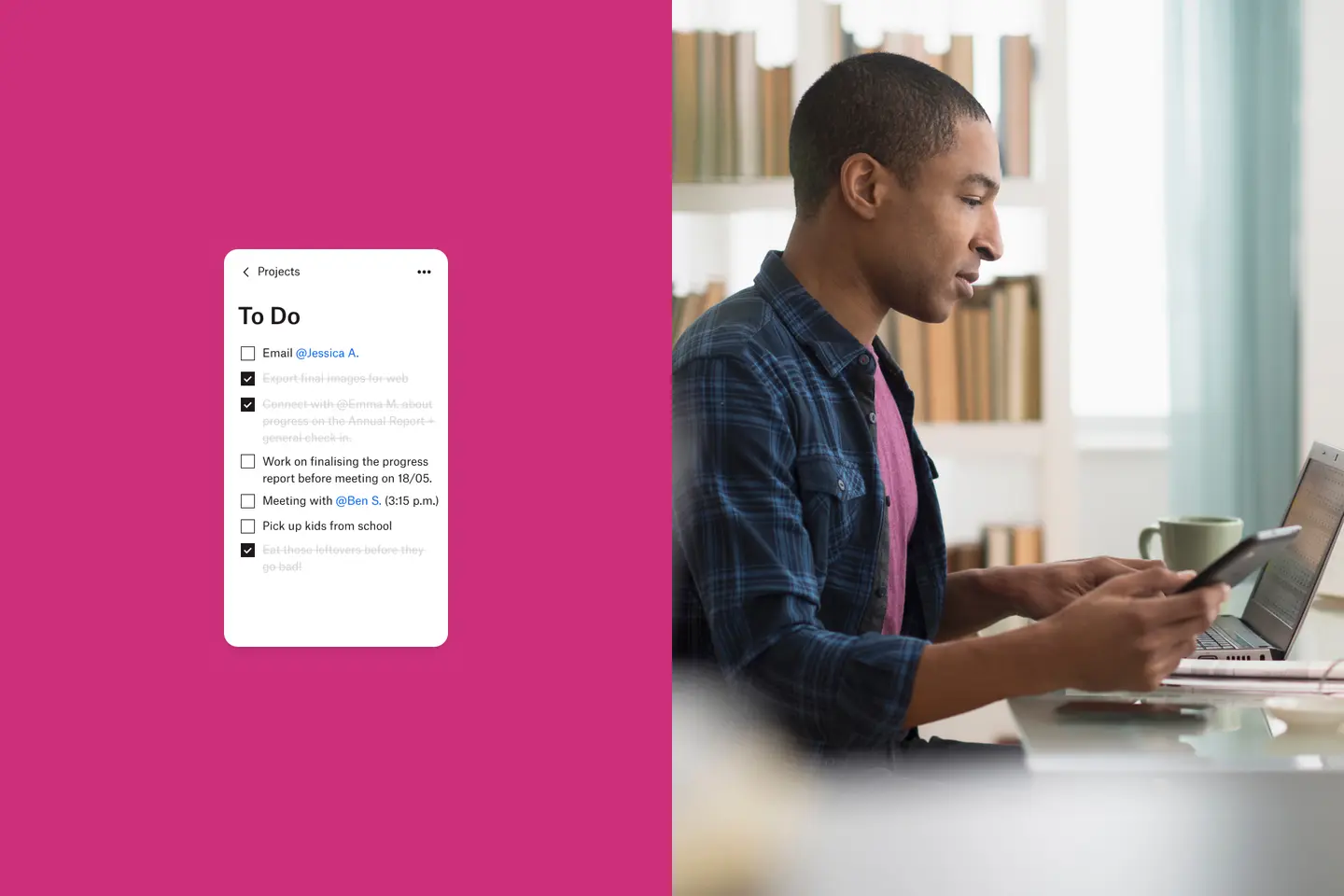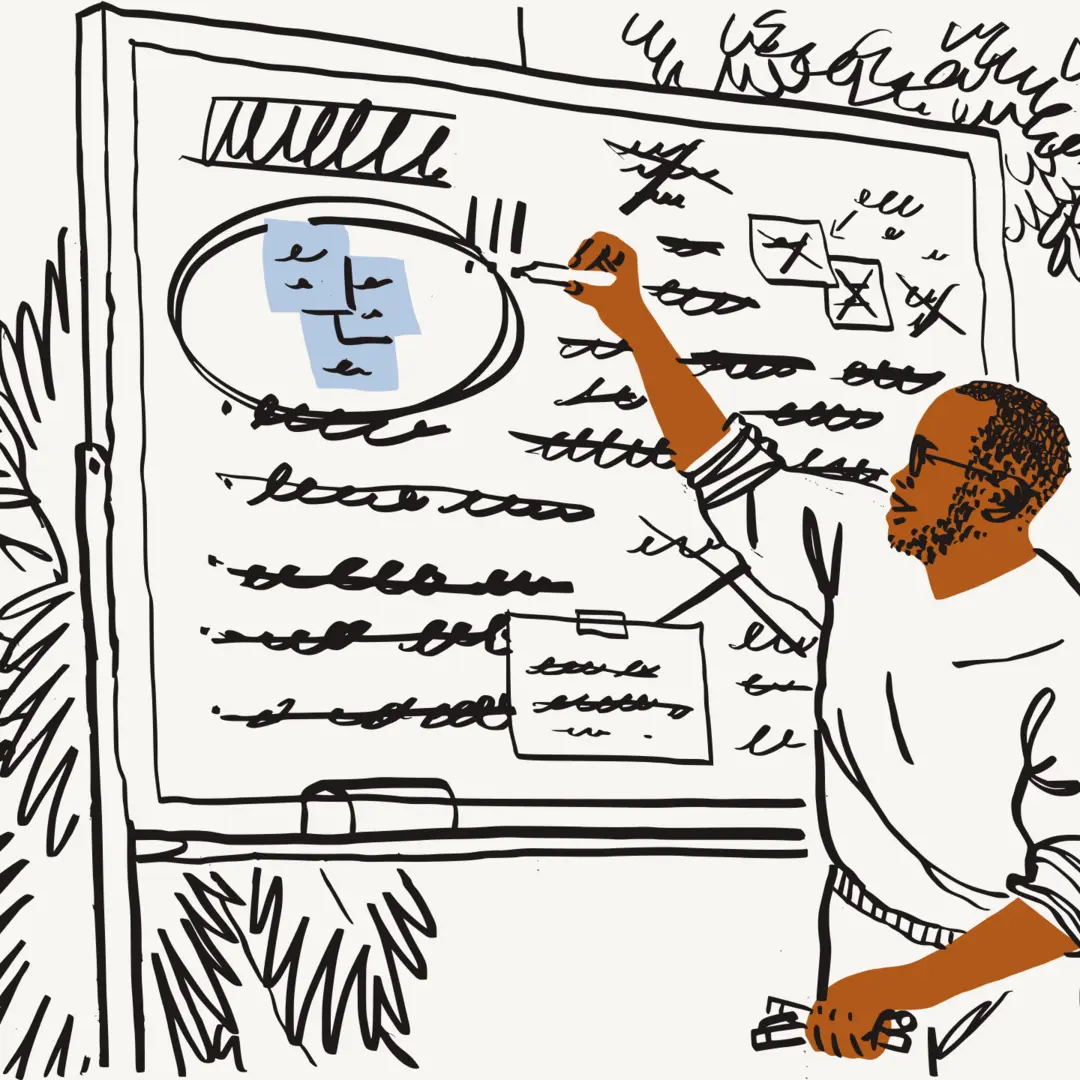When we need to get things done in the face of tight deadlines and stacked workloads, project management is often the last thing on our minds. But not prioritising work tasks can be detrimental to your efficiency – and could even derail your whole project.
To avoid this, you need to develop a system for time management and task prioritisation. A solid strategy for prioritising work tasks can help you stay focused and cut through the noise of constant distractions.
Before we look at some actionable ways to prioritise tasks, let’s remind ourselves why this is so important in the first place.
Why is it important to prioritise work tasks?
In today’s busy world, it can sometimes be tempting to juggle several items on your task list at once. But this can become overwhelming – where do you even begin?
When you don’t prioritise tasks, it might seem easier to clear the easy or non-urgent tasks first. But actually, completing the quick wins first can give you a false sense of progress. And once it’s time to do the high-stakes or time-sensitive tasks, you’re worn out.
Staying on top of your workload becomes difficult when you work on the wrong things at the wrong time. It might look and feel like you’re being productive by ticking off lots of small tasks, but this could actually have a negative effect on your efficiency. It could take you longer to complete a project because you haven’t prioritised your tasks correctly.

Five tips on how to prioritise tasks at work
Nobody likes missed deadlines. That’s why prioritising work tasks is crucial – it helps you stay focused, manage your time efficiently and ultimately produce your best work.
Let’s look at five actionable task prioritisation methods.
1. Identify what’s important – and what’s urgent
Important tasks are those that must be on your to-do list because they support the long-term goals or strategy of your project, but they are not time-sensitive. These might be necessary daily tasks or those with a deadline that’s further down the project timeline.
Urgent tasks, on the other hand, are those that need immediate attention. You can’t afford to skip these because not handling them straight away could have immediate negative consequences for the project or your team.
Distinguishing important tasks from urgent ones is the first step in prioritising your work. Once you know which tasks you should work on first, you can start implementing the right tools and methods to keep you focused.
2. Don’t multitask
Piling your schedule with too many competing priorities and complex tasks is a recipe for burnout. Focus on one task at a time so that you can give it your full attention. You’ll thank yourself later when you check over your work and have fewer changes to make!
This is a simple and effective method for improving efficiency. When we have competing priorities at work, many of us feel the need to keep hundreds of tabs open in our browsers to make sure we have everything we could possibly need at the ready, just in case.
Instead, consider consolidating your project files, links, emails and other content into groups that you can return to when you need them.
In Dropbox Dash, we call these “stacks”, and they use AI to keep you and your content – from all your apps and your browser – in one place. Stacks then use AI to keep you and your content organised so you can focus more on the “what” and “how” you complete your important work, and less on the “where”.

3. Create a schedule – and stick to it
A clear schedule can help you effectively plan, manage and allocate your time. It serves as a roadmap, specifying which tasks need to be done by the end of the day, week or month.
An AI-powered centralised tool like Dropbox Dash can help you keep your work day in one central page. From what meetings to attend, what files you’ll need and which projects to prioritise, you’ll find it all in one distinct tab.
Leveraging the power of AI eliminates the tedious manual process of trawling through multiple calendars, to-do lists and reminders to set your schedule. Everything is seamlessly integrated into one central platform that provides personalised recommendations to suit your workflow.
4. Establish a team-wide prioritisation system
Your work doesn’t happen in silos. If you’re a team that values collaboration, adopting a clear prioritisation system will help you avoid any issues with miscommunication around deadlines, scope of work and assigned tasks.
When you prioritise project work as a team, you can assign tasks among team members according to who has the appropriate time, context and experience. That way, you can focus your attention on those urgent and important tasks that need immediate action.

5. Manage your distractions
Sometimes it seems like the solution to finding a simple file or piece of information is jumping around your desktop or browser and scanning your many apps, tabs and tools. But having so many things open at once can easily carry you away from the task at hand. What about answering that quick ad hoc request from a colleague, or checking your personal email?
Instead of toggling between apps and falling into a trap of procrastination, save time and cut out the distractions with a universal search tool that helps you find anything from a single search bar.
Don’t just save time – spend it well
Dropbox interacts with the tools you use every day to help you focus less on busywork and more on big ideas.
Minimise the time you spend on tedious admin tasks and mundane activities – focus your energy and creativity on what matters so you can work smarter, not harder.




